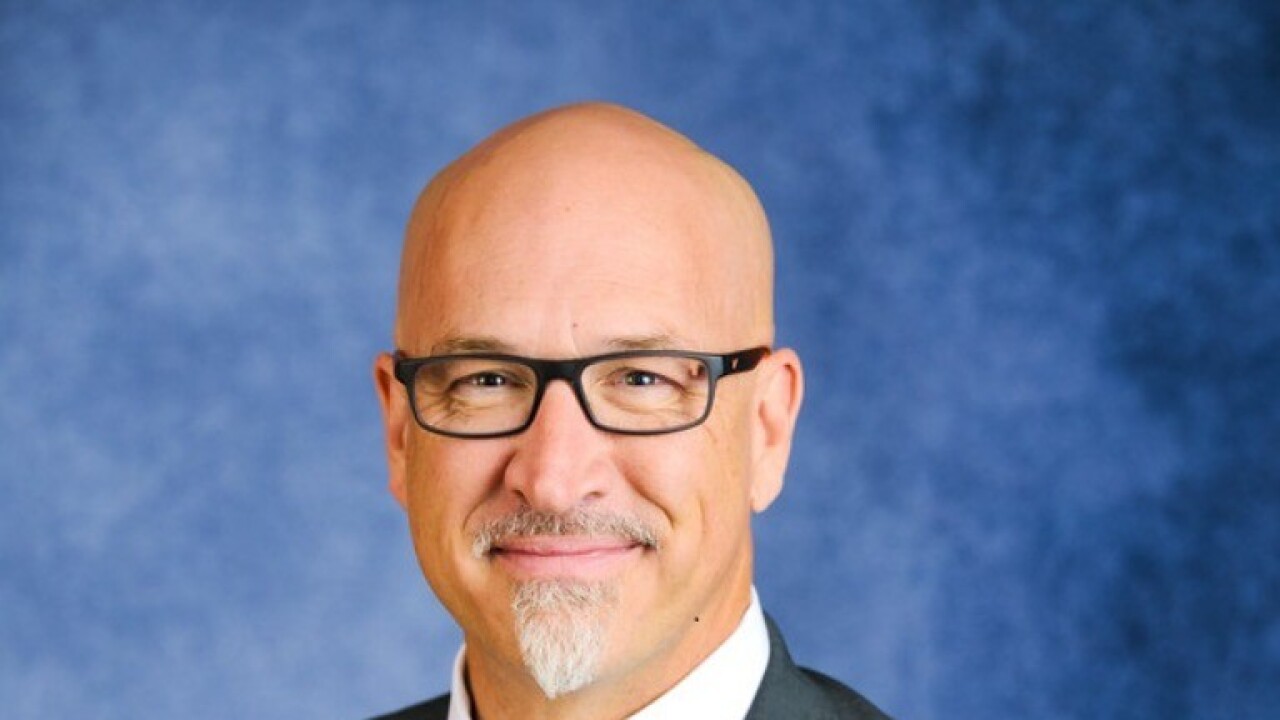It's no secret that
While some parts of the law are already in place, many of its key provisions will take effect over the next few years. So, if you're an employee looking to
Phased implementation: A marathon, not a sprint
The SECURE 2.0 Act isn't changing things overnight—it's more like a slow and steady marathon rather than a sprint. Some updates went live in 2023, others in 2024, and more are still a few years away, with full implementation not expected until 2027. This gradual approach is designed to give plan providers, employers and workers time to adapt to the new rules.
Read more:
Some key provisions introduced by the SECURE 2.0 Act have already been implemented by many employers, including:
Required minimum distribution (RMD) age increase (2023): The age for RMDs has been raised from 72 to 73 years old, giving retirees more flexibility in managing their savings.
Exclusion of Roth balances from RMDs (2024): Roth IRA accounts are excluded from RMD calculations, allowing investments to continue to grow tax-free.
Student loan matching program (2024): Employers can match student loan payments with contributions to employees' retirement accounts, benefitting those repaying loans. Employers will collect information from employees regarding their loan payments at the end of the year and make matching contributions accordingly.
The bumps in the road
While the SECURE 2.0 Act presents exciting opportunities for enhancing retirement savings, implementing its provisions has not been without challenges. Some provisions have faced delays or unexpected hurdles, particularly for plan providers and employers.
Roth catch-up contributions for high earners: Implementation of this rule has been delayed due to the complexity of setting up systems to calculate and apply these contributions. Employers will need to prepare to be ready for this provision beginning in 2026.
Emergency savings accounts (ESAs): These 401(k) "sidecar" accounts are designed to be used for short-term financial emergencies, while still allowing employees to save for retirement. However, the program requires further guidance on structuring and investing, with additional guidance needed from the IRS and Department of Labor.
Read more:
How small businesses can benefit
As a small business owner, SECURE 2.0 could be a game-changer for you too. The Act makes it easier and more affordable to offer retirement plans to your employees, which can help attract and retain top talent in today's competitive job market.
Small businesses can benefit from expanded tax credits covering retirement plan startup and administrative costs. In some cases, businesses can even claim a tax credit of up to $1,000 per employee for making contributions to their workers' retirement accounts.
Another new provision is the "Starter 401(k)" — a simple, low-cost option, making it easier for employers to meet state mandates or offer alternatives to state-run programs.
What's next?
Looking ahead, there's still a lot to come with SECURE 2.0.
Automatic enrollment (2025): New plans will require automatic employee enrollment at a minimum of 3% with an automatic increase each year up to 10%. Employees can opt out at any time.
Larger catch-up contributions (2026): Workers aged 60-63 can make larger contributions to their retirement accounts, helping them save more for retirement in their later working years.
Saver's match (2027): The Saver's Credit will be replaced with a direct federal match to help low-income workers save even more. The match will be deposited into an account where the employee can invest it for retirement.
Read more:
SECURE 2.0 is a big deal for anyone who's thinking about retirement, whether you're just starting to save or you're a business owner trying to offer better benefits to your employees. The changes aren't happening all at once, but over time, they're expected to make a significant difference in how we save for retirement in the U.S.
With features like student loan matching, easier retirement plans for small businesses and more flexible savings options, SECURE 2.0 is set to improve the retirement landscape for millions of Americans. If you're an employer or employee, now's the time to start thinking about how these changes might affect you and what you can do to make the most of them.






